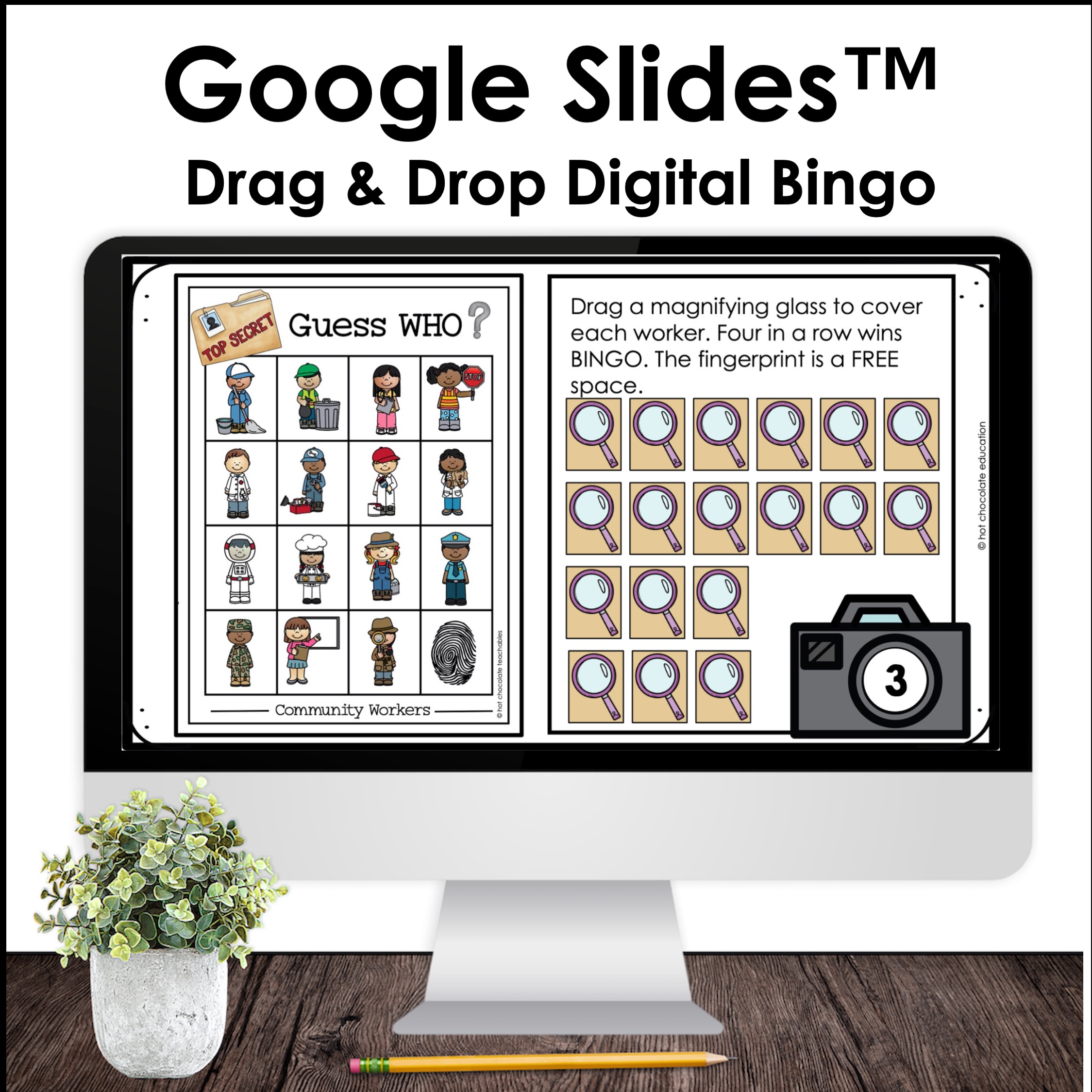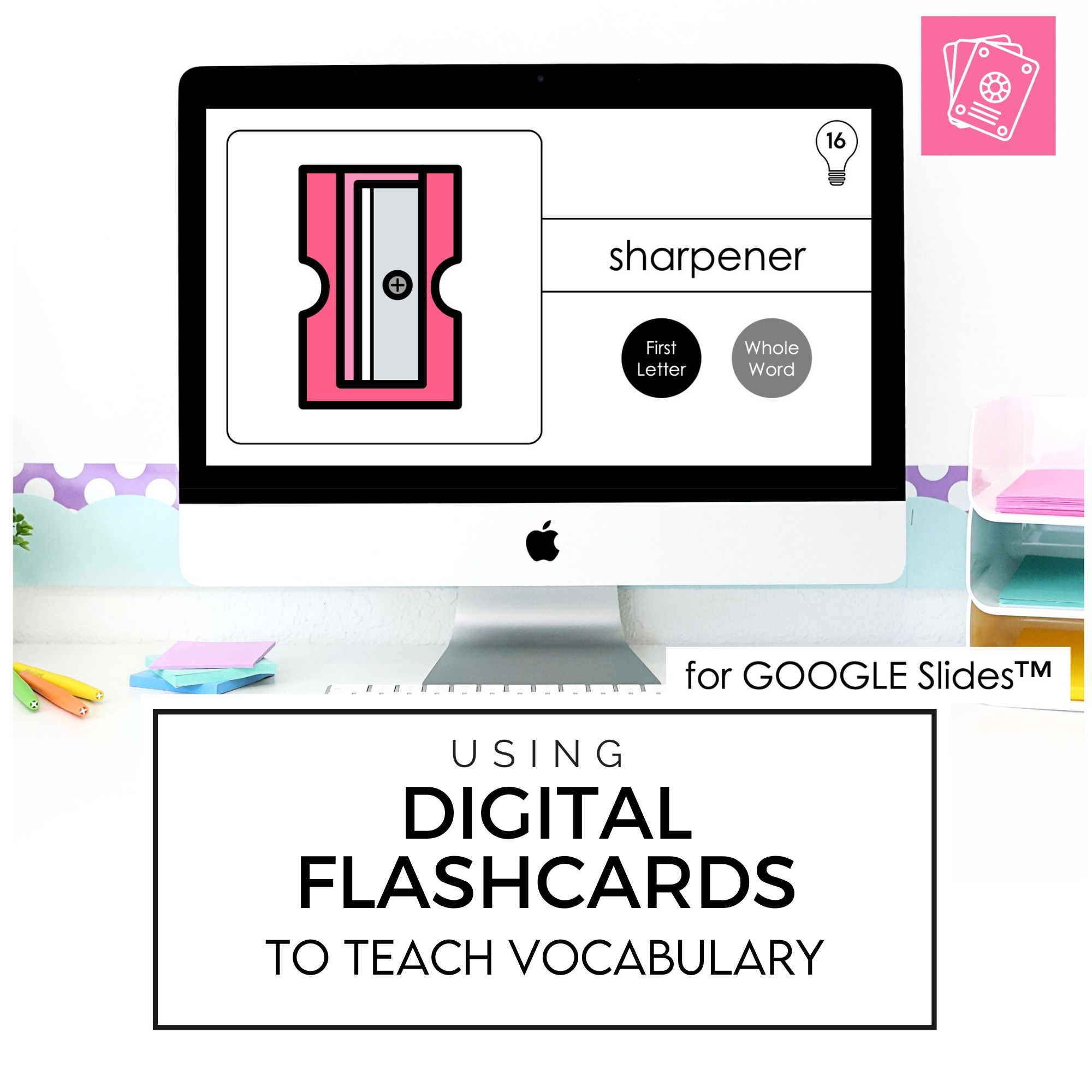Bingo has always been a go-to vocabulary building tool that I use with my students. It is a great focused listening and visual identification activity. I know when some people think of Bingo, they are just thinking of covering numbers with a token. When you talk to teachers it’s a whole different story. This type of game (along with other games) are vital to student vocabulary retention. My students have always loved playing this game as an addition to our lesson. I started noticing a pattern.
My students seemed to remember the wordlists associated with our BINGO boards more than other vocabulary lists in their class book.
I began incorporating more vocabulary based games and my students (English as a Foreign Language) became more and more fluent using these words. They also love to participate in games involving any sort of “healthy competition”
Then distance learning started and I felt that there must be a way for teachers to continue playing games with their students (without students needing to print game boards). I came up with two different alternatives that can be easily used on any distance learning platform:
Google Slides
Boom Cards
The benefits of whole class Bingo games
- Active listening for ESL students
- Speaking practice while reading back words
Listening skills are a fundamental part of any language classroom. If your students don’t understand the vocabulary or grammar being used, no language learning will take place.
Listening comprehension can be practiced at a variety of different levels:
Young learners might be listening for an alphabet letter, sight word or picture
Intermediate learners might be using an image filled board and listen for the words
Advanced learners can also use clue based sets like the “Community Helpers Guess Who” Bingo Set below where students are listening for hints to cover each person.
The more you play vocabulary based games, the more your students listening skills will improve.
Visual identification of vocabulary words
Many of my Bingo sets have no written words on them. This is because I want teachers to be able to differentiate the boards according to their students ability level. You can easily use an Alphabet Bingo Game as a beginning letter game.
Use words with beginning letters from A-Z. Have students try to remember the words when reading them back.
- Passive Memorization – without even realizing it, your students are memorizing a vocabulary list.
- Active speaking while “reading back” the words. – Now it’s time for your students to do the speaking. When they read back the words that they’ve covered you can assess exactly what they do and don’t remember.
- Differentiation: Bingo Boards can be used in so many ways.
- As a guessing game (make clues for each vocabulary word)
- As a discussion board: For example, use this fruit and vegetable bingo board to practice using adjectives. After a student wins a BINGO, they have to think of an adjective to describe each fruit or vegetable (sweet, round, long, yellow, etc)
- Easy to assign and use (All cards are numbered -just assign a number to each student)
- Paperless
- Build vocabulary, engage students and play DIGITAL BINGO
Let’s start with Boom Cards™
- Just assign a numbered card to each student.
- Randomly read the vocabulary words
- Students will drag and drop a token to cover the words
- 4 in a row in any direction wins BINGO
- Have each winner read the vocabulary words back.
Google Slides™ work exactly the same way:







